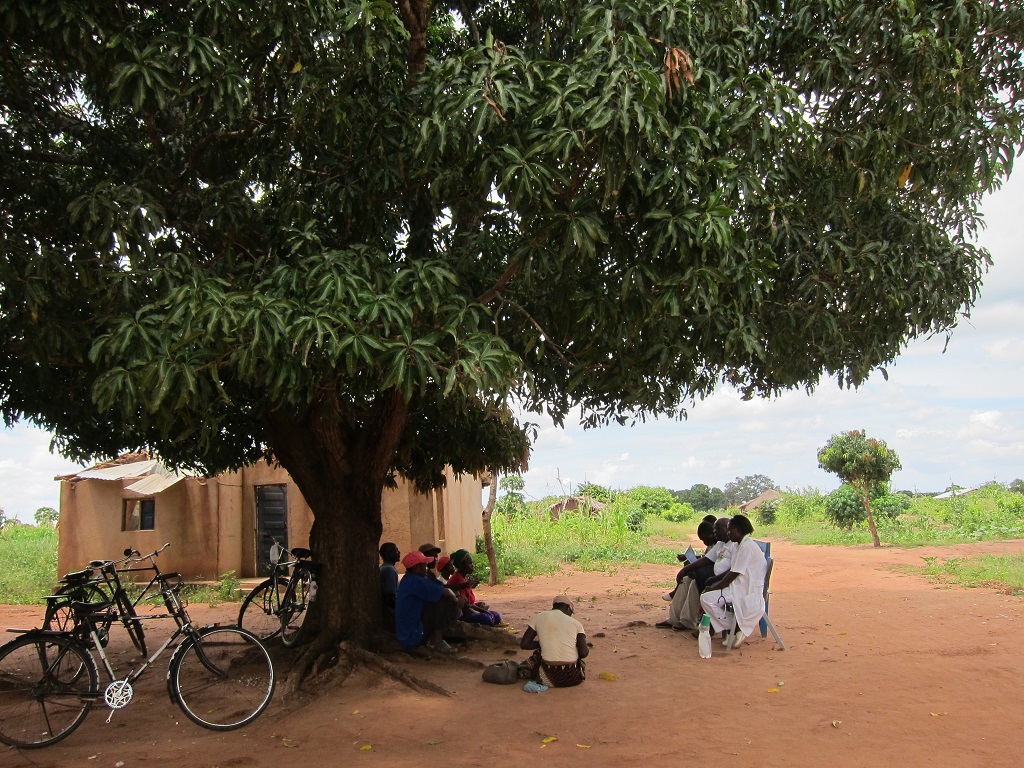This blog originally appeared on The Huffington Post.
The Global Strategy for Women’s, Children’s and Adolescent’s Health cites community health work as an essential component of health system resilience needed to combat emerging health threats. From empowerment of women to increased employment, the downstream effects of a strong community health system are powerful reasons to support community health workers and other formal and informal community health systems.
Yet, too often, community members are engaged in only a superficial way and not truly integrated into the decision making around how to address the needs of their communities.
Communities that are invested in the health of their members are more resilient and able to problem solve to maintain improvements in their health outcomes – including outcomes for pregnant women. Pathfinder’s work in Mozambique provides a stellar example.
Despite prioritizing maternal health, Mozambique’s maternal mortality stagnated at 408 per 100,000 live births between 2003-2011. Low institutional delivery rates are associated with high maternal mortality – and roughly half of rural births in Mozambique occurred outside a health facility in 2011, nationally and in Nampula. Ensuring women deliver with skilled birth attendants is the most important aspect of preventing maternal deaths and disability.
From 2009 to 2016, Pathfinder implemented the USAID-funded Strengthening Communities through Integrated Programming (SCIP) project, creating a bridge between communities and their health facilities. Traditional community leaders were mobilized to act as stewards of their communities’ health, revitalizing existing community leadership councils (CLCs), and supporting them to engage with their facilities through the creation of co-management committees consisting of community members and facility staff. Traditional birth attendants (TBAs), previously operating with no formal link to the health system, were trained in data collection and reported their data directly to their own community leaders for analysis and to support decision-making.
Communities organized and tracked their own accomplishments toward: safe motherhood and institutional deliveries; water, sanitation, and hygiene; family planning; and other critical health needs. Beyond the training that TBAs received to educate women about the importance of care from and support referrals to the health system, they reported to their own CLC about their success in shepherding women under their charge from the first antenatal care visit through to institutional delivery and immunizations. When the project ended, nearly every district under SCIP had community leaders participating in decision-making about their community’s health in partnership with their health facility counterparts.
In one particular district where SCIP was implemented, institutional deliveries grew to 80% of all births, nearly doubling the rate at the start of the project. A series of expert panels and in-depth interviews revealed that this remarkable increase occurred despite unexpected problems at the center: the practice of charging illegal fees at the health facility, facility staff absenteeism during deliveries, and disrespectful care.
What made this district so successful? Empowered with data, TBAs and CLC members were able to recognize these barriers and changed course to make sure the women affected got the care they needed, maintaining the uptick in institutional delivery rates. TBAs networked with each other to ensure all births were attended. CLC members continued to uphold institutional deliveries as a norm. Together, they used their newfound expertise in data collection and use to build a referral tracking system through which they monitored pregnant women’s uptake of critical maternal health services.
When asked what enabled them to persist and thrive in the face of these challenges, one TBA described the importance of data in helping maintain success despite the underperforming health center:
“I know the number of pregnant women who are about to give birth in this community, or who are still registering their pregnancies, I know everything. Women who are leaving and women who are pregnant, when it is time for giving birth. Whenever [a woman goes to the facility for birth], the woman has to bear [our referral] paper and that paper is really valued. We [came up with this idea to track our referrals] in the CLC.”
Her CLC colleagues echoed her sentiments: “We leaders, members of the CLC, are first to thank the TBAs [for] the data they provide.” And one male traditional leader reflected on the CLC: “[We say] thank you for the data that you provide for us to know what is the state of health in our community.”
Pathfinder learned a lot from our study. In addition to TBAs’ and CLCs’ clear roles, responsibilities and strong relationships, it was their community-generated and -owned evidence that supported their success as leaders and stewards of their community’s health. It was this data that fueled their ability to adapt when complexity struck, to problem solve and course correct, and to take ownership of the solution – with the end result of near complete institutional delivery coverage.
Their case suggests how data can create a stronger and more resilient local health system, one capable of continuing to deliver positive maternal health outcomes well into the future. Powerful stuff.

